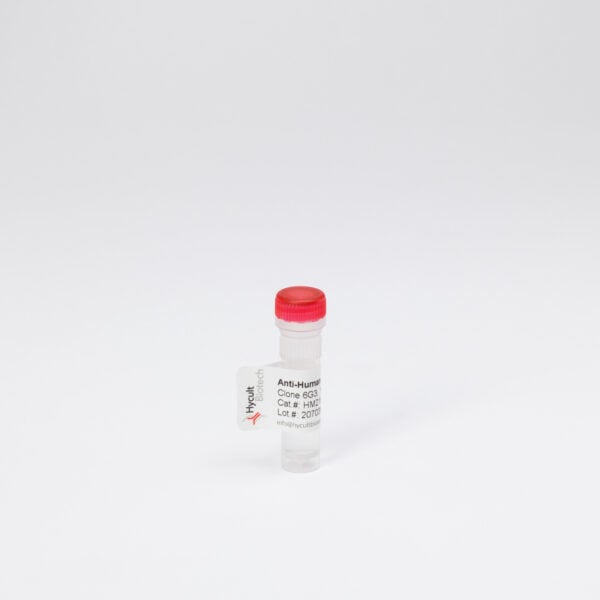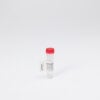IL-1ra3, Human, mAb 2D11
€133.00 – €414.00
The antibody reacts specificly with Human IL-1ra3. IL-1ra3 belongs to the IL-1 system which includes two agonists (IL-1alpha and IL-1beta), converting enzymes, antagonists, two receptors (IL-1 R I and IL-1 R II) and the IL-1 receptor accessory protein. Three molecular isoforms of the IL-1 receptor antagonist (IL-1ra) have been identified and cloned. Secreted IL-1ra (sIL-1ra or IL-1ra1) contains a classical leader peptide giving a released mature protein. Two intracellular isoforms, icIL-1ra type I (IL-1ra2) and icIL-1 ra type II (IL-1ra3), have no leader sequence, thus predicting that these proteins remain intracellular. IL-1ra3 may represent a reservoir of IL-1 inhibitors, released upon cell death, whose function is to limit the pro-inflammatory action of cell debris. Studies have shown that IL-1ra3 is expressed by various cell types upon exposure to inflammatory signals but most prominently by mononuclear phagocytes and keratinocytes.









